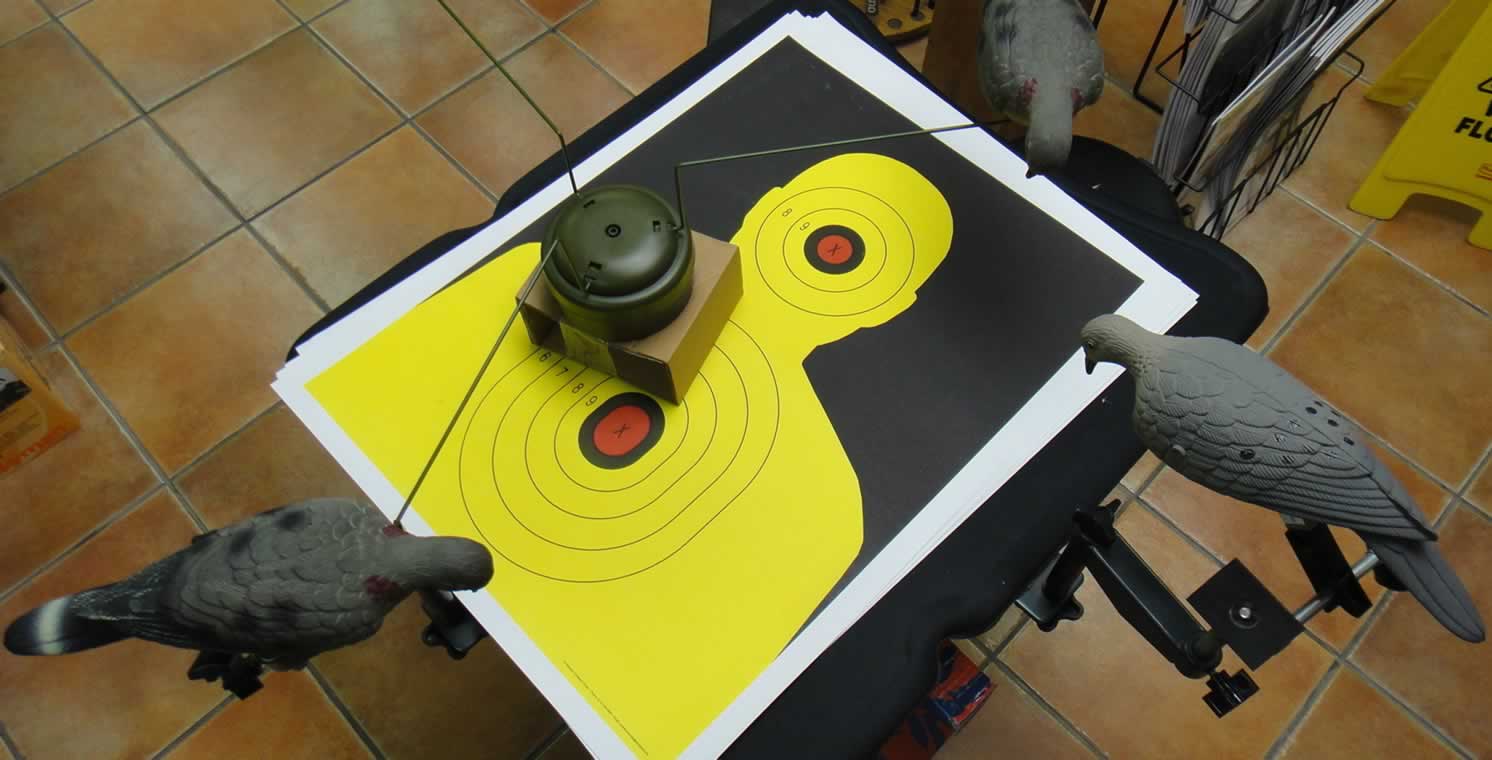OTHER FEATHERS
Birds have feathers, lay eggs, are warm blooded, and well over 10,000 different species circle the Earth, demonstrating an amazing diversity of evolutionary adaptation, from the gigantic ostrich to the tiny bee hummingbird.
Birds’ last common ancestor with humans was about 300 million years ago. Birds can solve complex problems using tools they make for a specific purpose, even making tools to retrieve tools to solve a new problem. Birds can have vast memories, capable of remembering thousands of locations where they hid seeds many months earlier, recognizing dozens of objects after long periods of time, remembering human faces and which humans attached to those faces were nice or mean. They demonstrate insight, planning, reflection, and inventiveness, and can return to places after being blindfolded and carried thousands of miles away. No one knows exactly how they do this, but it almost certainly involves quantum mechanical processes within the birds’ bodies.
Research has shown that individual pigeons can recognize themselves in videos in a way that exceeds the ability of a 3-year-old human. They can also remember hundreds of images for several years.
Ravens use gestures, pointing to things with their bills and holding up objects for other ravens to see. They create tools and weapons to solve complex problems and prod away other birds. New Caladonian crows are considered by many to be the smartest known bird due to their sophisticated use of tools.
When Europeans arrived in North America, up to 5 billion wild pigeons lived on the continent. By the early 1900s, hunting, deforestation, and clearing for agriculture had driven all wild pigeons in North America to extinction. There were at least 500,000 bald eagles in the United States in the 1700s. Insecticides, hunting, and habitat destruction killed all but about 1,000 of them. Conservation efforts have raised those numbers to approximately 5,000 nesting pairs in the lower 48 United States.

Millburn, NJ
